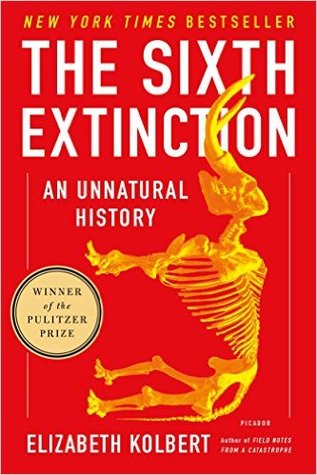More on this book
Community
Kindle Notes & Highlights
Read between
August 17 - September 21, 2022
“We’ve got to hope that somehow it’s all going to come together,” Paul Crump, a herpetologist from the Houston Zoo who was directing the stalled waterfall project, told me. “We’ve got to hope that something will happen, and we’ll be able to piece it all together, and it will all be as it once was, which now that I say it out loud sounds kind of stupid.”
Pretty much every herpetologist working out in the field has watched several. (Even I, in the time I spent researching this book, encountered one species that has since gone extinct and three or four others, like the Panamanian golden frog, that are now extinct in the wild.) “I sought a career in herpetology because I enjoy working with animals,” Joseph Mendelson, a herpetologist at Zoo Atlanta, has written. “I did not anticipate that it would come to resemble paleontology.”
Zalasiewicz is convinced that even a moderately competent stratigrapher will, at the distance of a hundred million years or so, be able to tell that something extraordinary happened at the moment in time that counts for us as today. This is the case even though a hundred million years from now, all that we consider to be the great works of man—the sculptures and the libraries, the monuments and the museums, the cities and the factories—will be compressed into a layer of sediment not much thicker than a cigarette paper. “We have already left a record that is now indelible,” Zalasiewicz has
...more
Were people simply heedless or selfish or violent, there wouldn’t be an Institute for Conservation Research, and there wouldn’t be a need for one. If you want to think about why humans are so dangerous to other species, you can picture a poacher in Africa carrying an AK-47 or a logger in the Amazon gripping an ax, or, better still, you can picture yourself, holding a book on your lap.


